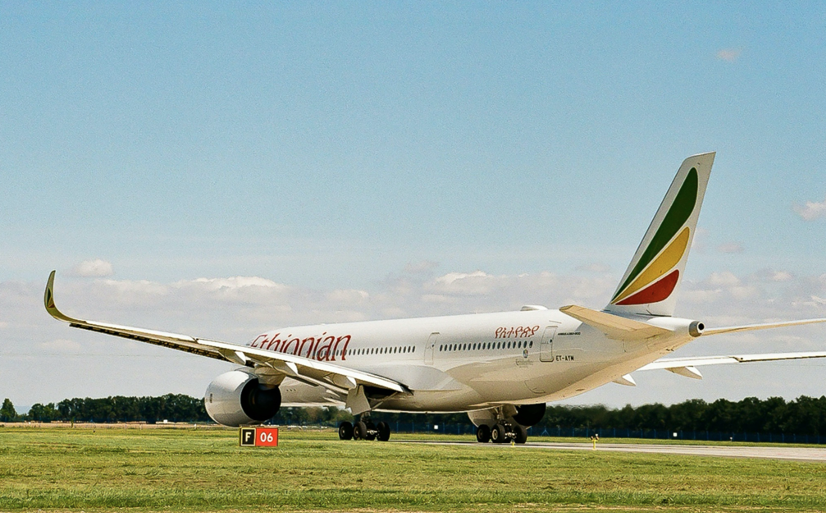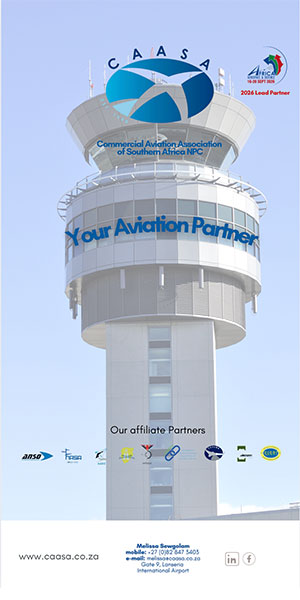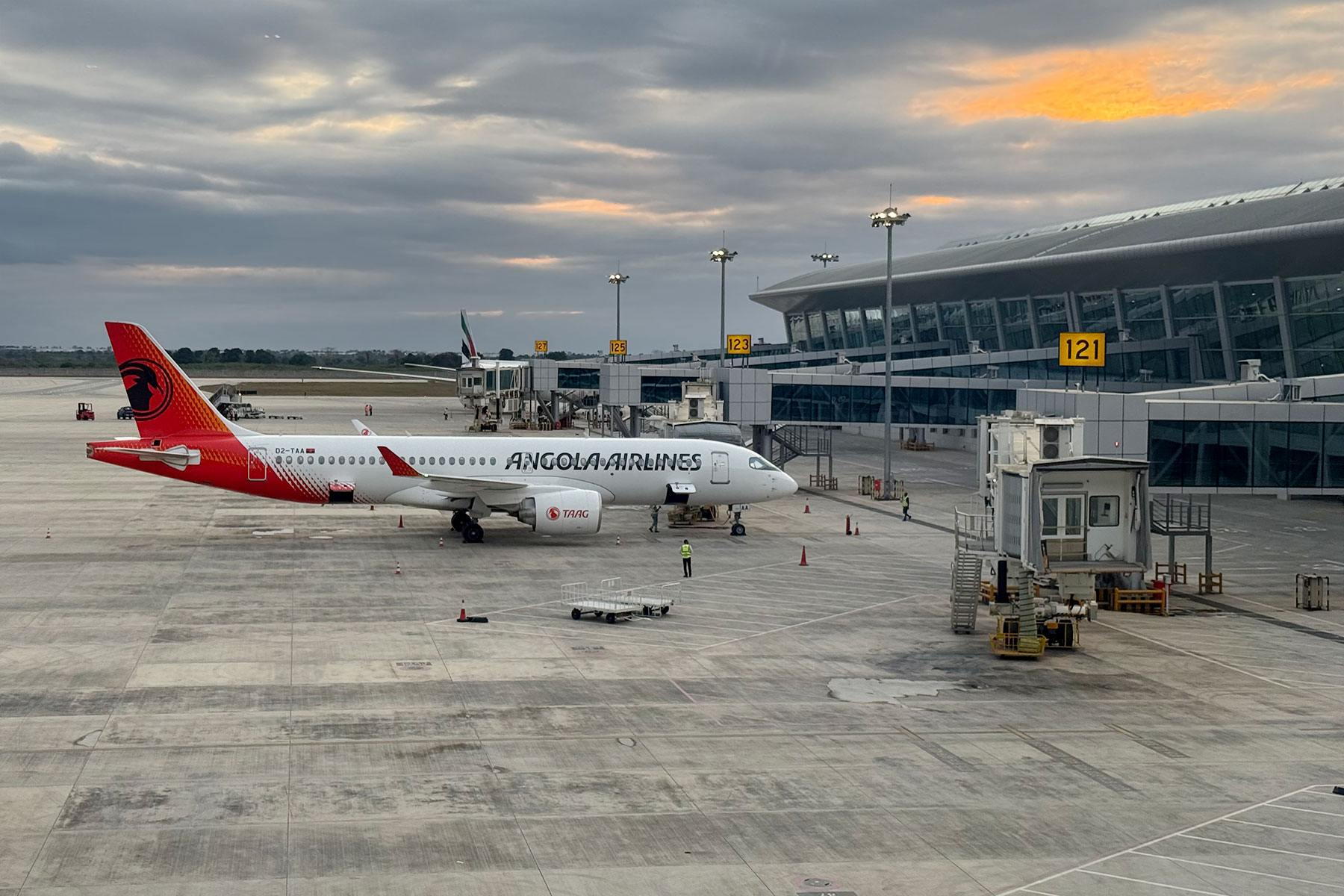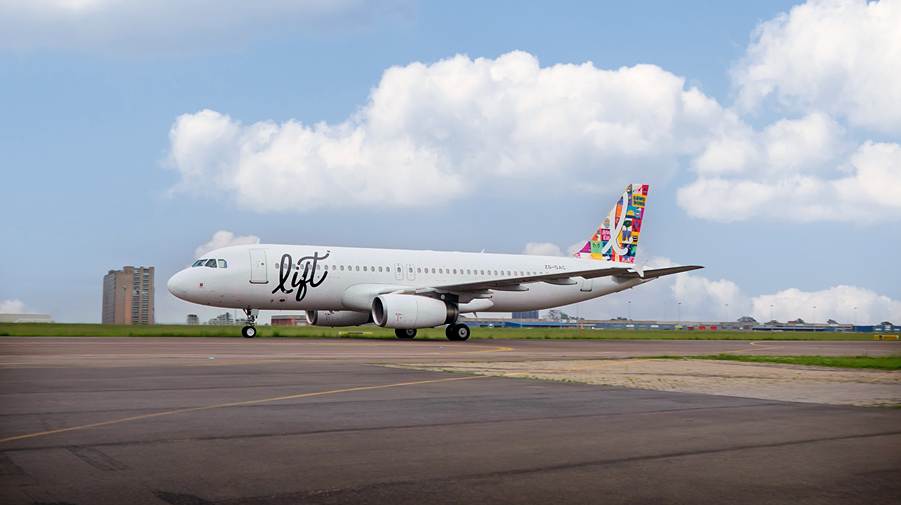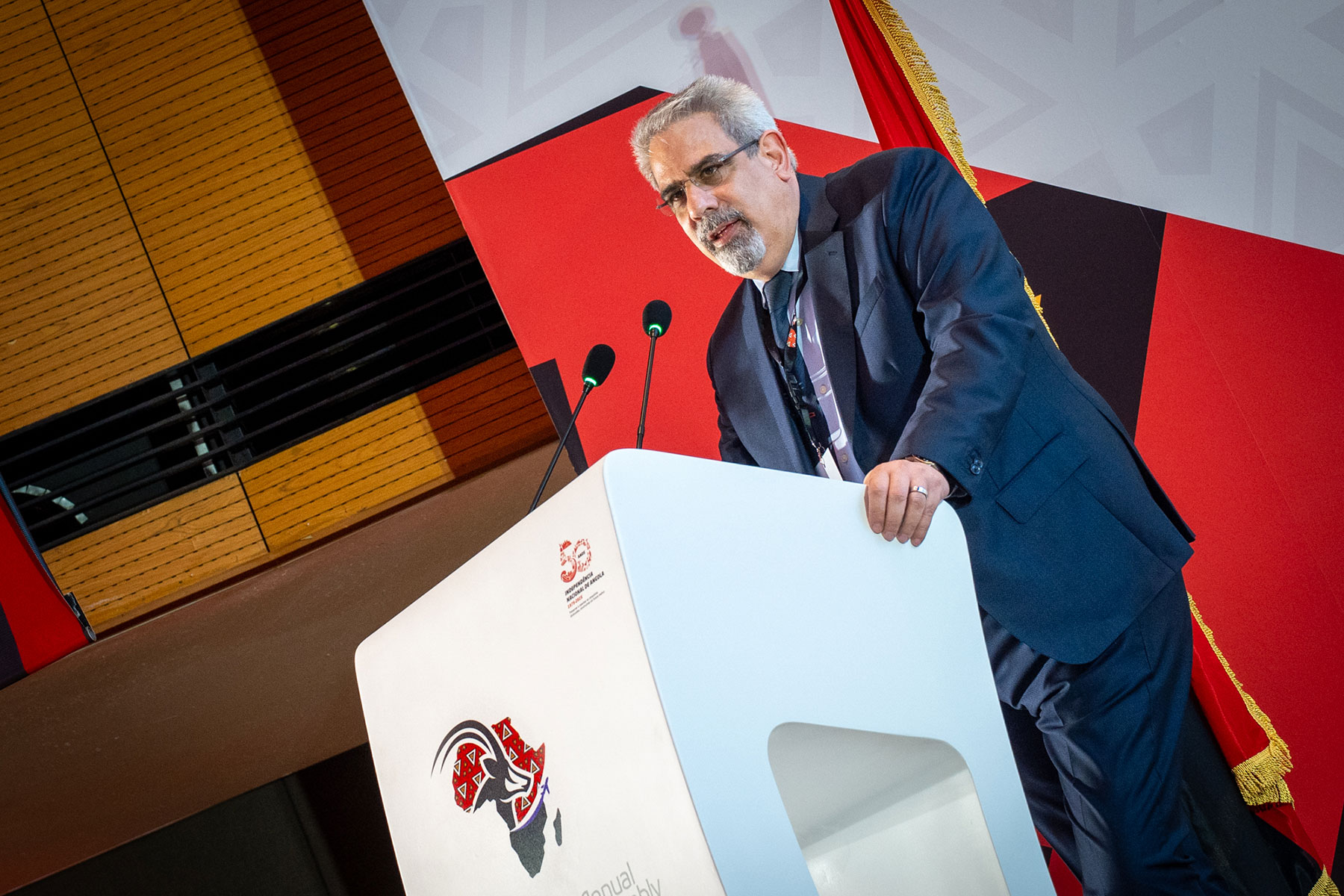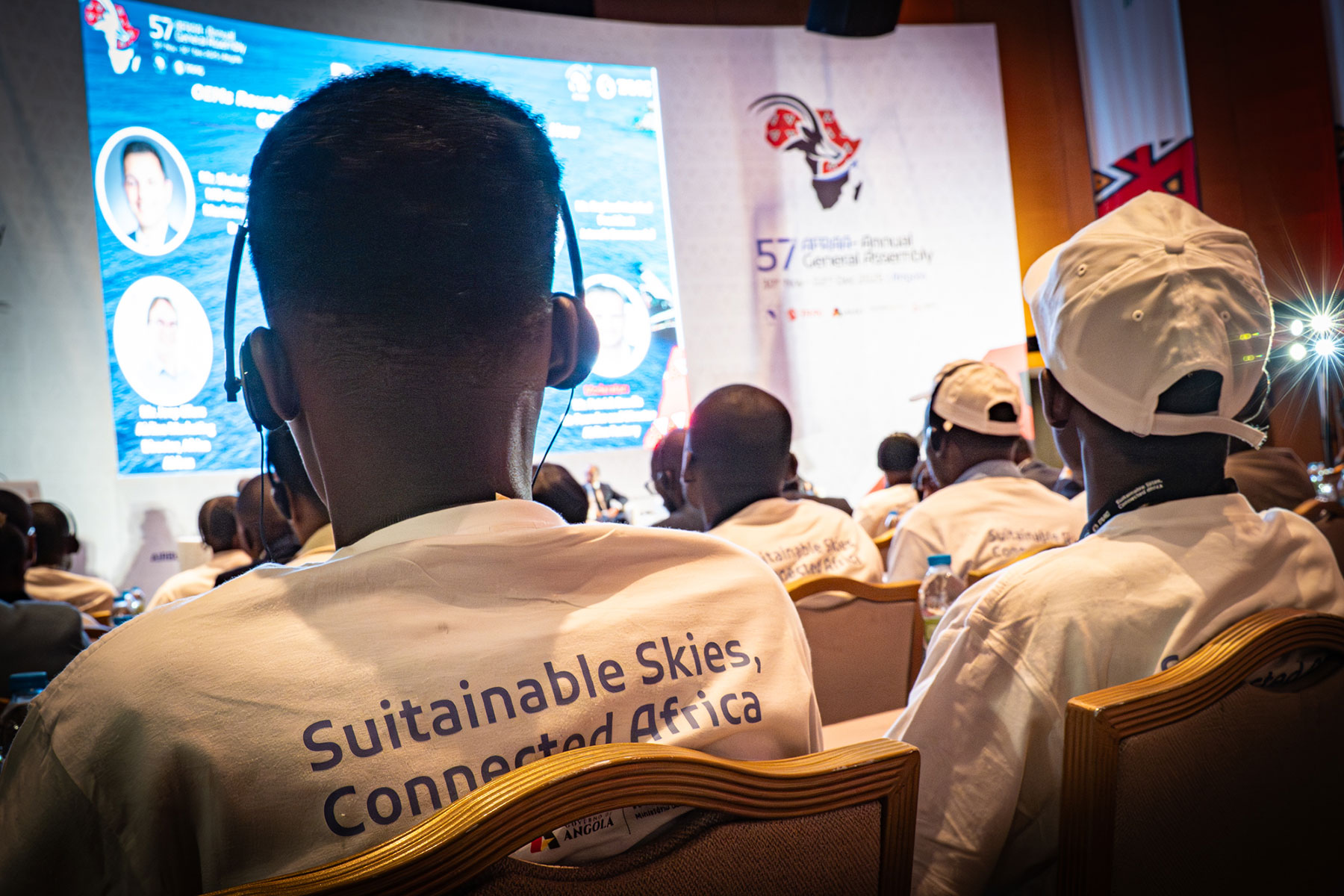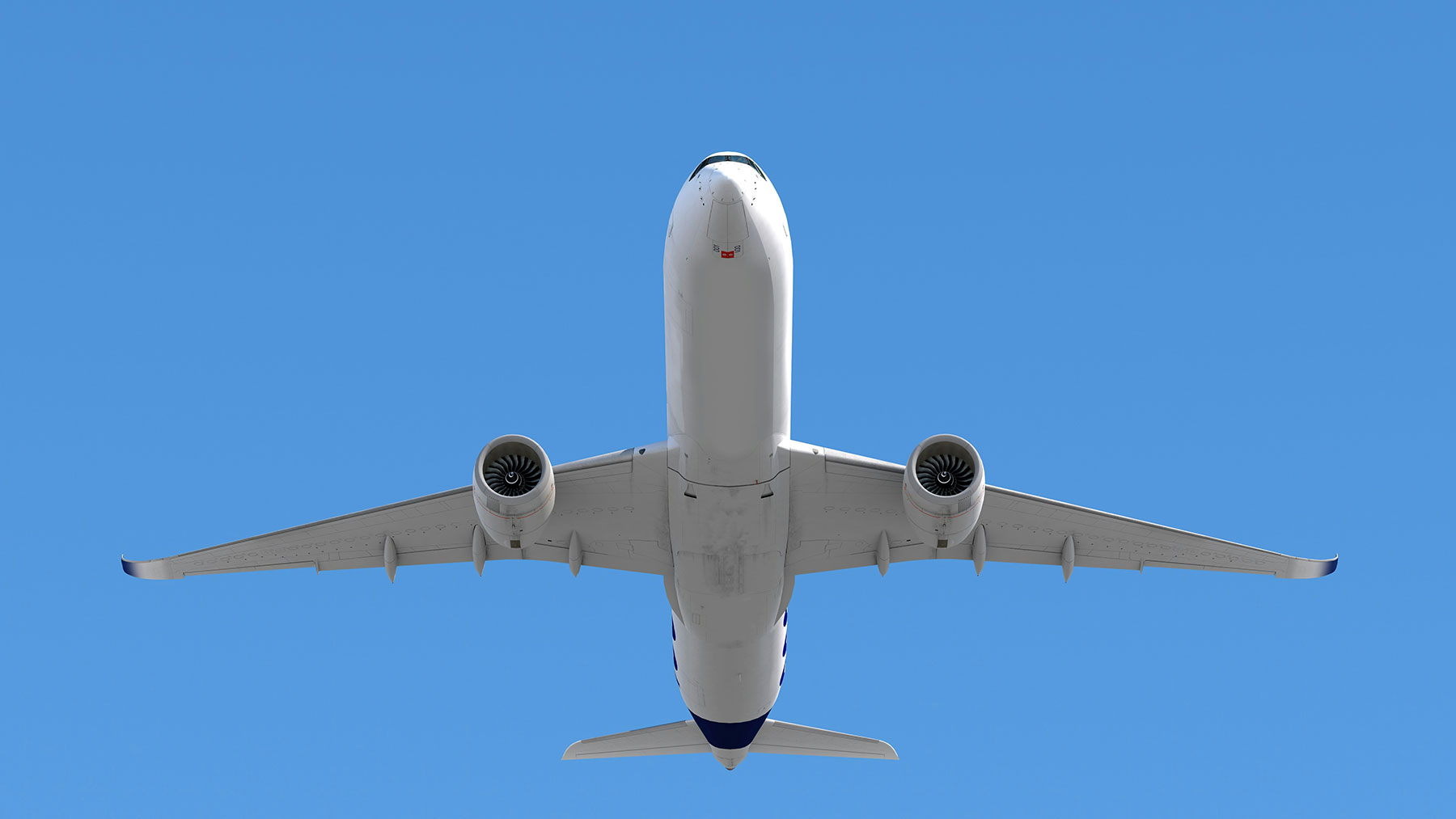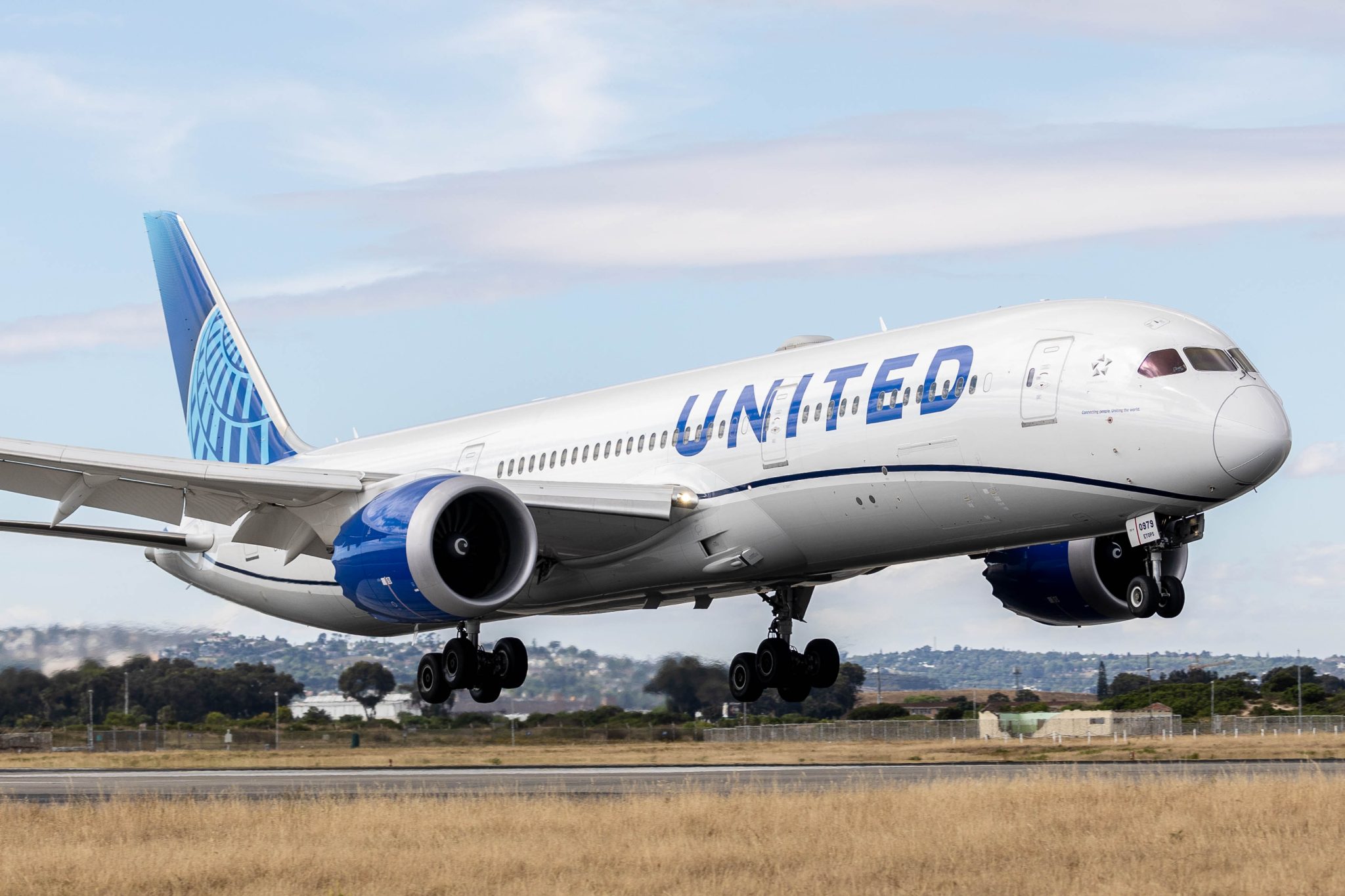The International Air Transport Association (IATA) unveiled its updated 2025 financial report and the results, although not surprising, showed various cracks in the industry. Globally, much of the attention is on improved profitability, record-breaking passenger numbers, and the ongoing battle with supply chain pressures. However, Africa’s aviation sector is writing its own narrative, one of growth despite the constant struggles it is faced with.
IATA projects that airlines worldwide will earn net profits of $36 billion in 2025, a modest improvement from $32.4 billion in 2024. Margins are still razor-thin, just $7.20 in profit per passenger—but they reflect the sector’s growing ability to weather geopolitical and economic turbulence.
In Africa, though, the numbers tell a different story. The continent’s carriers are expected to post a net profit of just $0.2 billion in 2025, up slightly from 2024, representing a margin of just 1.1%. This is glaringly well below the global average. But, in African terms, while it is still below the global figure, it is still showing that Africa is taking meaningful steps forward.
Africa is Contending with the Toughest Conditions Globally
African airlines are contending with some of the toughest conditions globally. Operational costs are stubbornly high, while limited disposable income in many markets constrains passenger demand. Adding to this is a growing aircraft and spare parts shortage, which is hindering growth across the continent. Several airlines are grappling with the scarcity of US dollars, a challenge that makes fuel procurement, aircraft leasing and international payments difficult. And now, with Trump’s incessant tariffs, things might get a bit harder.
Yet despite these headwinds, the appetite for air travel in Africa is proving to be remarkably resilient.
There’s no doubt that African carriers are facing serious structural constraints, but what’s impressive is how the continent continues to push forward, investing, expanding, and innovating in ways that are slowly transforming the continent’s aviation landscape.
Aviation Hubs Are Springing Up All Over Africa
Nowhere is this transformation more evident than in Ethiopia. Ethiopian Airlines has long been regarded as one of Africa’s most successful carriers, and in recent years it has doubled down on its ambition to turn Addis Ababa into a dominant regional hub. With strategic route expansions, fleet modernisation, and robust cargo operations, the airline is positioning itself not just as a national carrier but as a continental leader.
In Nigeria, the federal government is investing heavily in strengthening its aviation infrastructure, while local carriers are working to improve connectivity across the country’s sprawling geography. There’s a renewed focus on building a more reliable and financially viable domestic aviation sector—a critical step in supporting the country’s broader economic ambitions.
Meanwhile, South African Airways, after a period of turbulence and restructuring, is also showing signs of a revival. The airline is injecting millions into expanding its fleet, aiming to restore its role as a key player in southern Africa and reconnecting South Africa to major international markets.
Navigating the Global Shocks
Africa’s aviation ambitions are unfolding in a complex global environment. While global GDP growth is forecast to slow to 2.5% in 2025, IATA expects airlines to benefit from lower fuel costs, increased efficiency, and stronger passenger load factors. Jet fuel prices are expected to fall by 13% compared with 2024, providing some relief to carriers globally, including those in Africa.
Still, the African context complicates things. Airlines on the continent often lack the scale to negotiate fuel prices competitively or to hedge against price volatility. The global aircraft backlog, now over 17,000, has also hit Africa particularly hard, as manufacturers prioritise larger, more lucrative markets. That has left African carriers operating older fleets, increasing maintenance costs and reducing fuel efficiency.
And then there’s Sustainable Aviation Fuel (SAF). While production is expected to double globally in 2025, it still makes up just 0.7% of total fuel use. For most African carriers, SAF remains out of reach, both due to cost and lack of availability, raising concerns about how the continent can meet its climate commitments under the same timelines as wealthier regions.
African Skies Will Get Busier
Despite the obstacles, Africa’s skies are getting busier. IATA forecasts 8% growth in Revenue Passenger Kilometres (RPK) for African carriers in 2025, a sign of rising demand across the continent. And while the profitability is still marginal, it’s an important marker that, even in a volatile global climate, African aviation is not just surviving, it’s inching forward.
Crucially, the continent’s aviation story cannot be separated from its broader development agenda. With a young, fast-growing population and increased regional integration efforts such as the African Continental Free Trade Area (AfCFTA), the need for a robust air transport network has never been more urgent.
As Willie Walsh, IATA’s Director General, warned: “Any new tax, increase in airport charges, or costly regulation could quickly erode the industry’s fragile margins.” For African airlines, that risk is amplified. Policymakers across the continent will need to work in concert with industry leaders to create an environment where airlines can thrive, not just scrape by.
